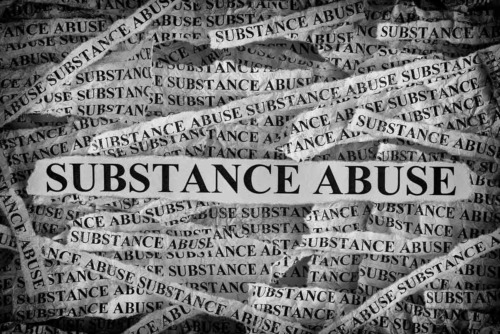Substance Abuse Statistics in the United States

Substance abuse is a serious problem affecting millions of people. Various organizations track substance abuse statistics each year to get an idea of each drug’s effect on society and any potential trends. They use this information to try to prevent more people from becoming addicted.
What Are the Statistics on Substance Abuse?
In 2017, 19.7 million Americans had a substance use disorder. The survey included people as young as 12 in this number. Of the adults who had a substance abuse disorder in 2017, 74% struggled with alcohol. It’s important to recognize that alcohol is a drug even though it’s often discussed separately from other drugs. Alcohol addiction is just as damaging as an addiction to illegal substances. Prescription painkiller addiction also takes its toll on a person.
Sometimes, people become addicted to their prescription painkillers without intending to use them more than prescribed. Kemah Palms Recovery® has a chronic pain recovery program that can help you treat chronic pain without risking addiction to painkillers. We can also help those who are already addicted overcome the addiction and learn how to manage pain without the addictive medication.
In 2017, 8.5 million American adults had a mental disorder on top of substance use disorder. Medical health professionals refer to this as co-occurring disorders. We offer dual diagnosis treatment for anyone who has another mental disorder in addition to substance use disorder. It’s important to treat both issues for effective recovery from substance use.
According to the National Institute on Drug Abuse, U.S. society loses over $740 billion every year from substance abuse. These losses include healthcare costs, crime-related costs and workplace productivity.
Substance Abuse Statistics for Specific Drugs
Family history of alcoholism and problem drinking is more common than you may think. Over half of American adults have problem drinking and alcoholism in their family history. Around 88,000 people die from alcohol-related reasons every year. It’s one of the top causes of preventable death in the U.S..
Most people who have an addiction to marijuana are 12–25 years old. Around 4.1 million Americans above 12 years old had marijuana use disorder in 2017. An estimated 0.6% of the American population has an addiction to pain relievers. Women are more likely than men to have chronic pain and are also more likely to become addicted to prescription painkillers.
Nearly 1 million people in the U.S. in 2017 suffered from cocaine addiction. People with cocaine use disorder are 15 times more likely to become addicted to heroin. The biggest at-risk demographic for heroin addiction is non-Hispanic white males in the 18–25 age group. Living in big cities makes them more susceptible to heroin use due to the availability of the drug. In 2017, 652,000 Americans suffered from heroin use disorder.
Just Say No To Drugs
Anyone can develop a substance use disorder although some people are more at risk than others. You can reduce your chance of developing an addiction by seeking therapy when life becomes too tough, learning about the dangers of each type of drug, setting meaningful goals to work toward each year and knowing how to drink responsibly.
Never use a drug to treat mental health struggles or negative emotions. Don’t use drugs to calm down either. Using drugs to treat negative emotions, stress or undesirable life events increases your risk of addiction.
Substance Use Disorder Treatment
You must enroll in a drug rehab program to overcome substance abuse. Treating substance abuse requires therapy and, in most cases, a medical detox. Most drug programs incorporate cognitive-behavioral therapy because research has found it effective in treating substance use problems.
Anyone can overcome addiction with the right treatment and commitment to recovery. Kemah Palms Recovery® has the necessary knowledge and qualifications to treat addiction to painkillers, alcohol, heroin, cocaine, opiates, benzodiazepines and other drugs. Contact us today today to get started on the road to recovery.
